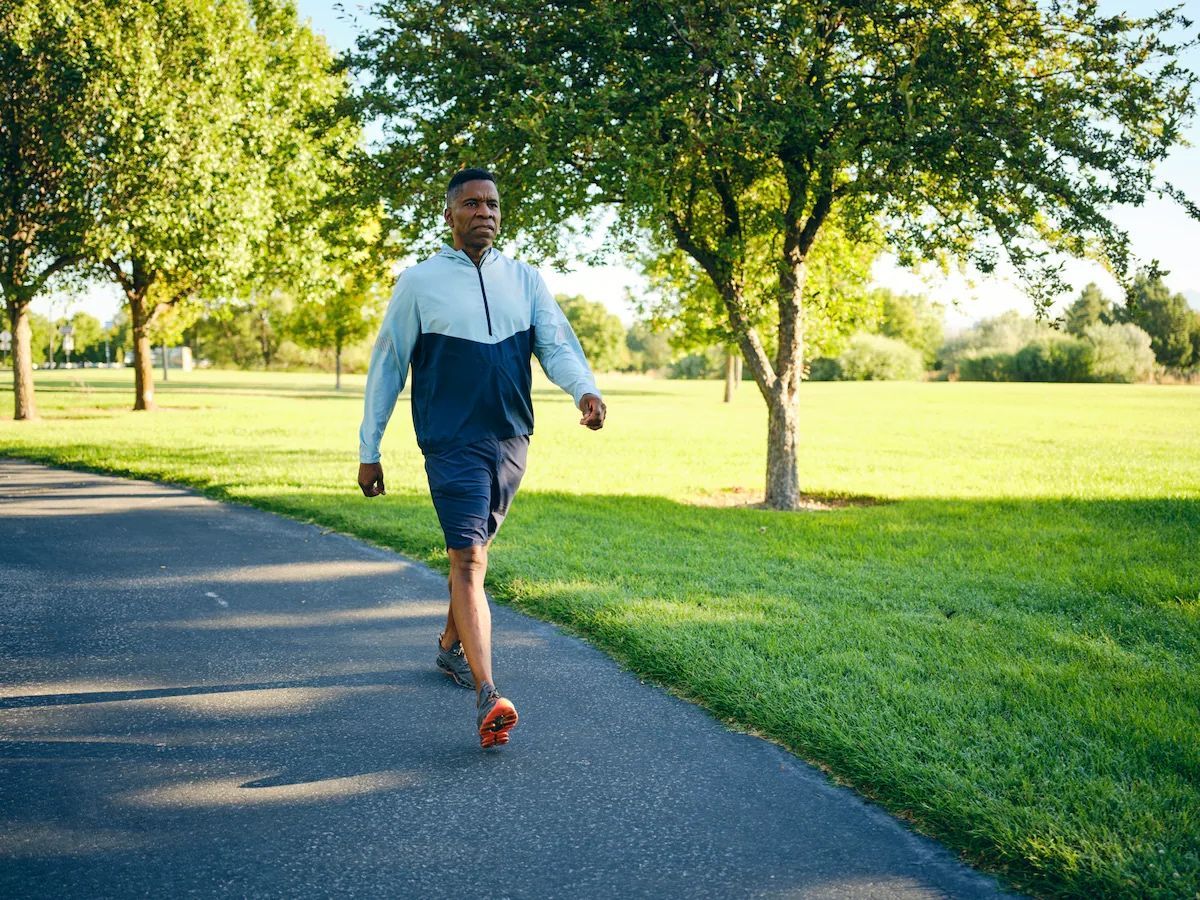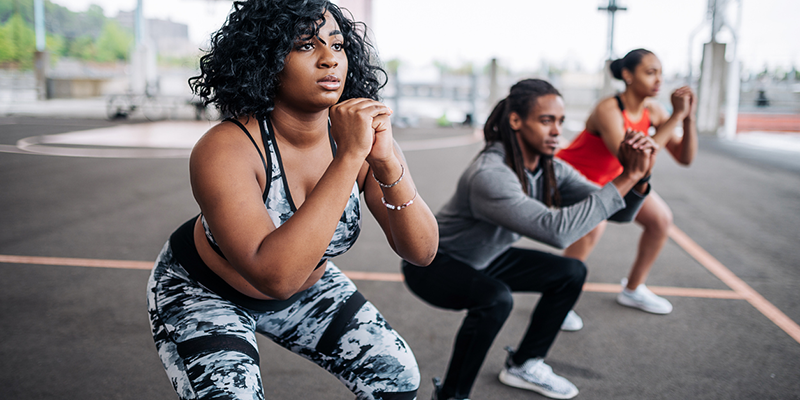6 Tips For Staying Safe While Exercising
Exercise is important in maintaining physical and mental health, but safety should always be a priority. Whether you're hitting the gym, running, or trying a new workout routine at home, taking precautions can prevent injuries and ensure a positive fitness experience. Here are six tips for staying safe while exercising:
1.
Always warm up: Before diving into intense physical activity, it's crucial to warm up your muscles and prepare your body for exercise. A proper warm-up increases blood flow to your muscles enhances flexibility and reduces the risk of injury.
Start with dynamic stretches such as arm circles, leg swings, and torso twists to loosen up your joints and improve mobility.
2.
Use Proper Equipment and Technique: Whether lifting weights, cycling, or practicing yoga, using the right equipment and maintaining proper technique is essential for safety. Invest in quality gear that fits well and provides adequate support for your activity.
When lifting weights, start with lighter loads to perfect your form before increasing the weight. Improper technique can lead to strains, sprains, and other injuries, so take the time to learn the correct form or seek guidance from a qualified fitness professional.
3.
Stay hydrated: Dehydration can lead to fatigue, dizziness, and muscle cramps, increasing the risk of accidents and injuries. Drink water before, during, and after your workout, especially if you're exercising in hot or humid conditions.
4.
Listen to your body: One of the most critical factors of staying safe while exercising is listening to your body's signals. Pay attention to your feelings during workouts and adjust your intensity or activity accordingly.
Don't try to push through pain because it can lead to overuse injuries or aggravate existing conditions. If you experience sharp or persistent pain, dizziness, nausea, or shortness of breath, stop exercising and seek medical attention if necessary.
Rest and recovery are as important as training to prevent overtraining and burnout.
5.
Be aware of your environment: In the gym, watch out for wet floors, loose equipment, and crowded spaces that could increase the risk of tripping or falling. When exercising outdoors, choose well-lit paths, wear reflective gear in low-light conditions, and be cautious of traffic and uneven terrains.
6.
Gradually increase intensity: While it's important to challenge yourself and progress in your fitness journey, it's equally important to do so that you don't have any injuries. Whether you're increasing weight, speed, or duration, make incremental changes to your workout routine.
Allow your body time to adapt and recover. Avoid sudden spikes in intensity or volume that can overwhelm your muscles and joints. Include rest days into your training schedule to give your body time to repair and rebuild stronger.
Credit April Kelly 6 Tips For Staying Safe While Exercising,
https://www.hercampus.com/school/u-conn/staying-safe-while-exercising/
















